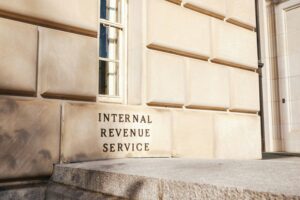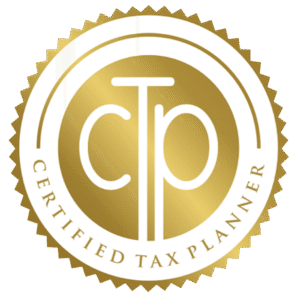Every year a common question is: “Why do I need to make estimated payments?” Typically followed by, “How much do I need to pay in?”
So unfortunately, IRS is impatient. They like getting their tax payments on a “pay-as-you-go” basis. For those who’s primary income is a W2 paycheck, your employer is sending in the taxes withheld from your paycheck; sometimes as often as the next week! So for those who own their own business, the IRS has you send them tax payments on a quarterly basis.
For most entrepreneurs, the easiest way to ensure you’re sending enough in is to follow the safe harbor rules. Safe harbor means that if you pay in the lesser of:
• 90% of your current year’s tax liability, OR
• 100% of your prior year’s liability (110% if your AGI is over $150K),
you’re protected from underpayment penalties—even if you still owe money in April.
Here’s an example:
Last year, you owed $20K in taxes. This year, your income skyrockets, and you actually owe $35K. If you’ve made $20K in estimated payments during the year, you’ve met safe harbor (i.e. because you paid in 100% of last year’s liability). You’ll still owe $15K at filing, but you’ll avoid penalties.
But what if income is way down this year and your tax bill is estimated to only by $12K? In that case, you’d only want to send in $10,800 (i.e. 90% of $12K). This ensures you achieve safe harbor, without over-paying the IRS early in the year.
Proactive Tips:
• Run mid-year projections to catch surprises early.
• Adjust payments if your income is up or down.
• Don’t forget that big bonuses, business profits, and investment gains can throw off your withholding.
At the end of the day, estimated payments are about peace of mind. You don’t want to spend the first four months of next year worrying about a giant tax bill. Pay as you go, hit safe harbor, and keep the IRS off your back.





